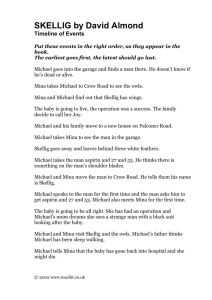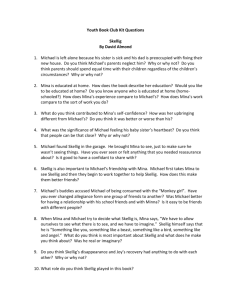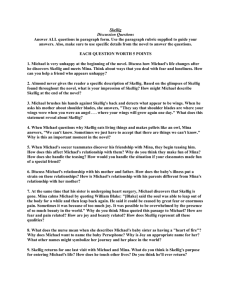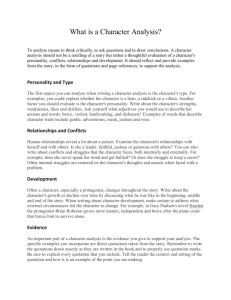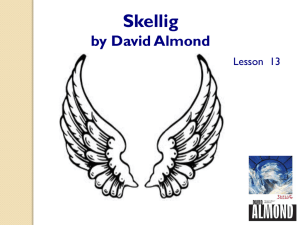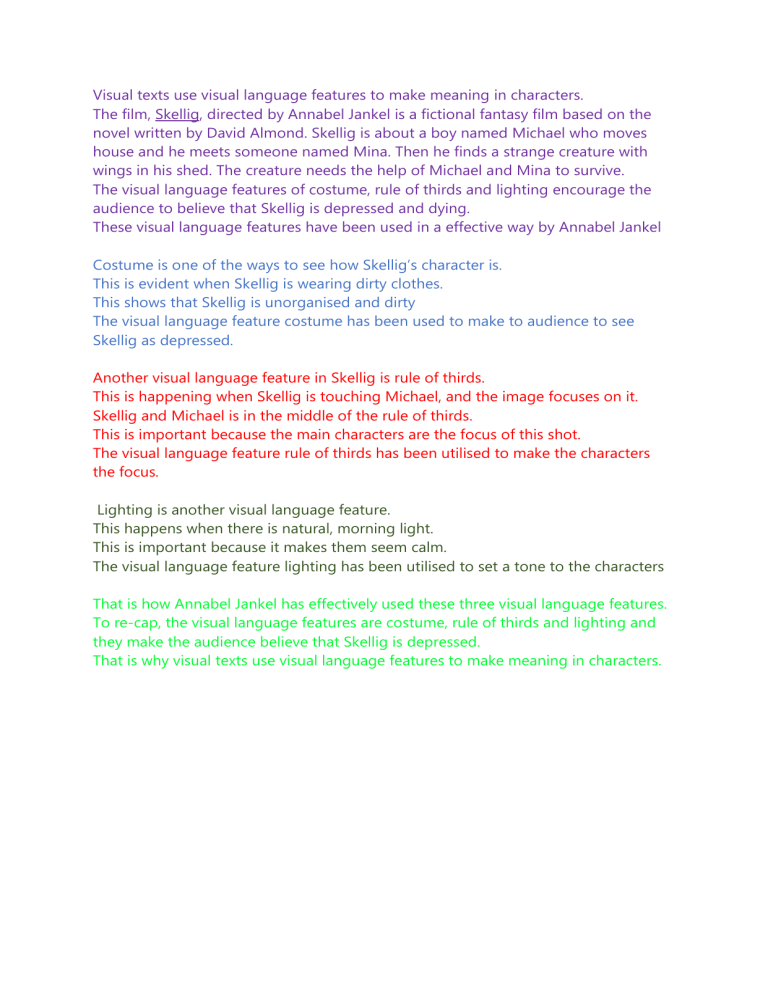
Visual texts use visual language features to make meaning in characters. The film, Skellig, directed by Annabel Jankel is a fictional fantasy film based on the novel written by David Almond. Skellig is about a boy named Michael who moves house and he meets someone named Mina. Then he finds a strange creature with wings in his shed. The creature needs the help of Michael and Mina to survive. The visual language features of costume, rule of thirds and lighting encourage the audience to believe that Skellig is depressed and dying. These visual language features have been used in a effective way by Annabel Jankel Costume is one of the ways to see how Skellig’s character is. This is evident when Skellig is wearing dirty clothes. This shows that Skellig is unorganised and dirty The visual language feature costume has been used to make to audience to see Skellig as depressed. Another visual language feature in Skellig is rule of thirds. This is happening when Skellig is touching Michael, and the image focuses on it. Skellig and Michael is in the middle of the rule of thirds. This is important because the main characters are the focus of this shot. The visual language feature rule of thirds has been utilised to make the characters the focus. Lighting is another visual language feature. This happens when there is natural, morning light. This is important because it makes them seem calm. The visual language feature lighting has been utilised to set a tone to the characters That is how Annabel Jankel has effectively used these three visual language features. To re-cap, the visual language features are costume, rule of thirds and lighting and they make the audience believe that Skellig is depressed. That is why visual texts use visual language features to make meaning in characters.
